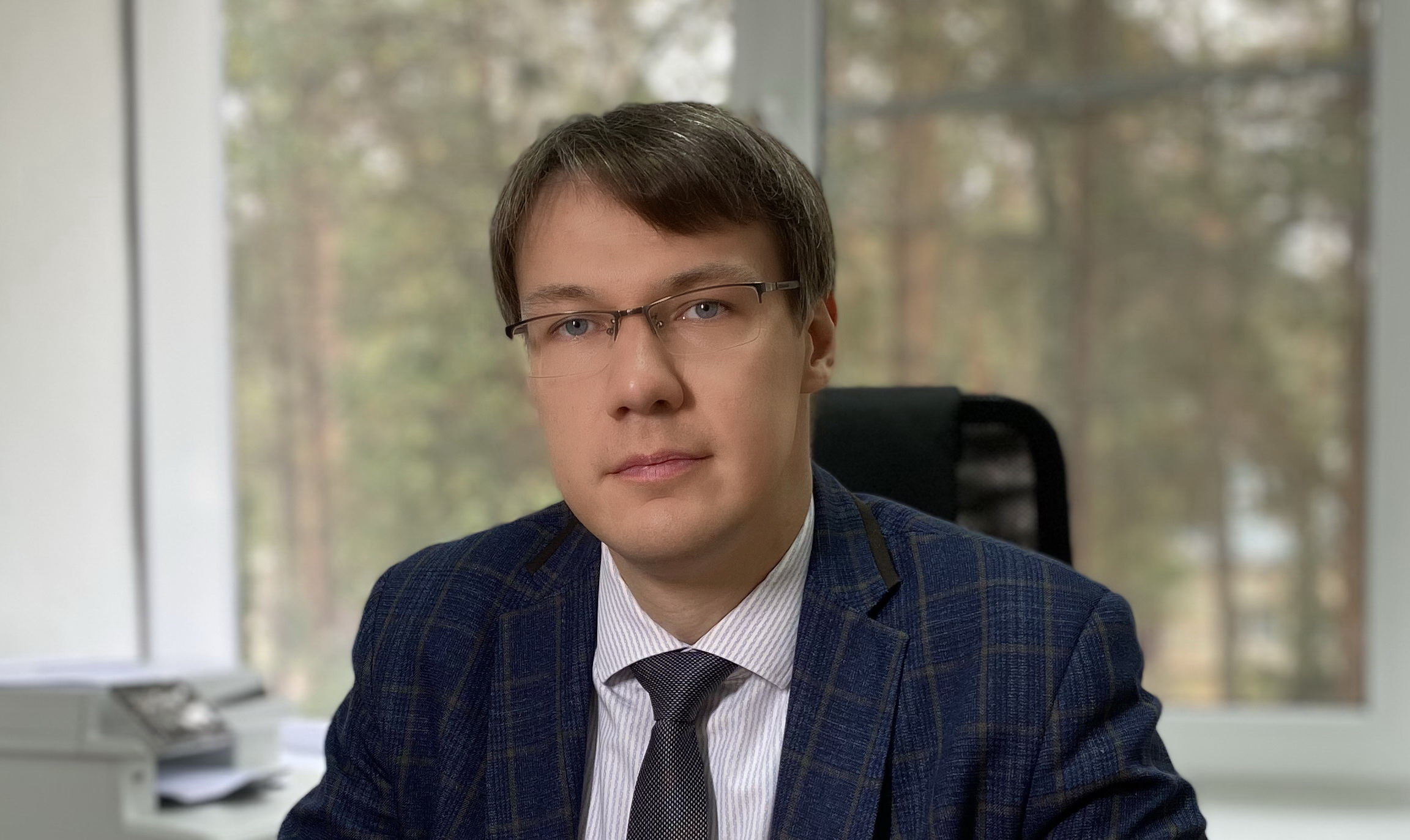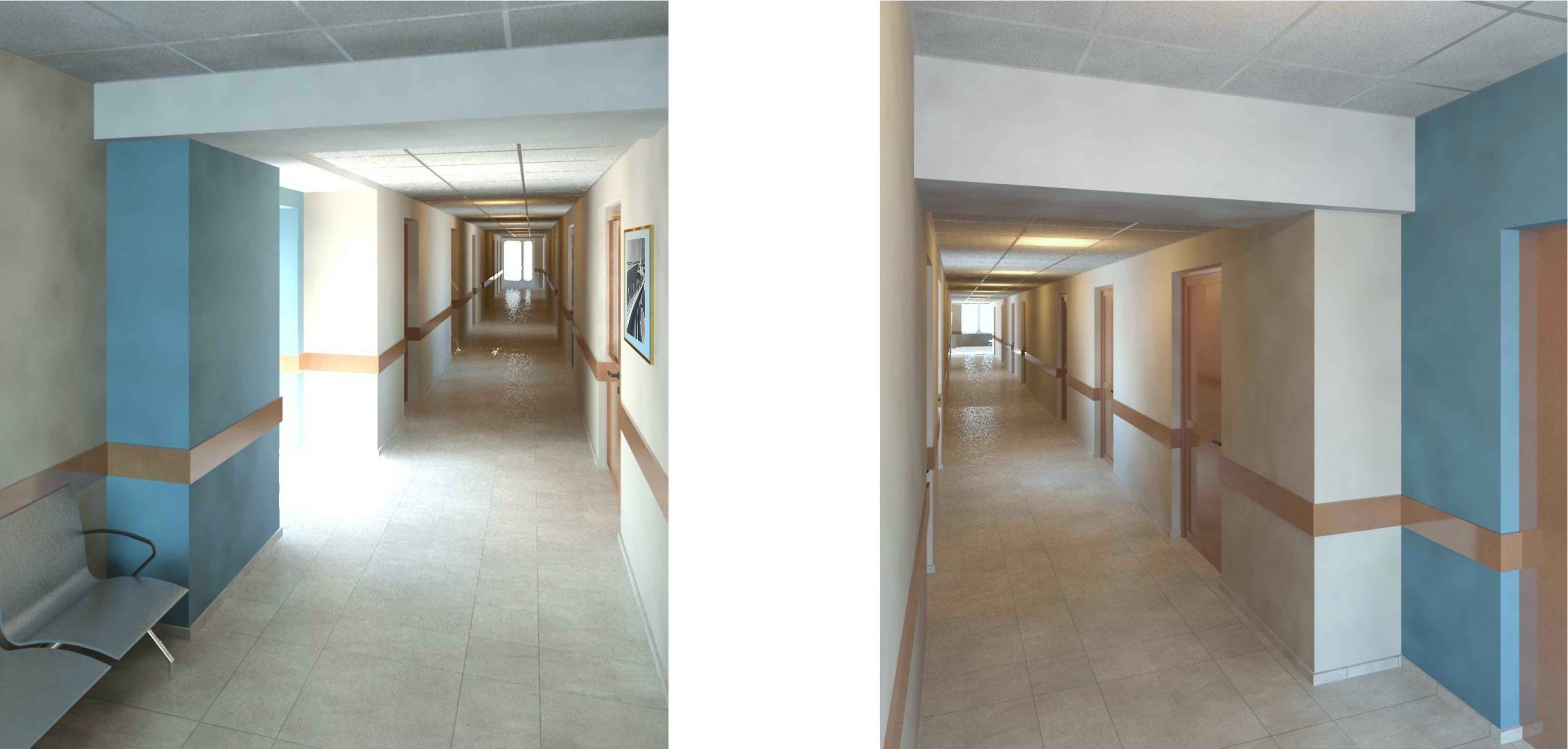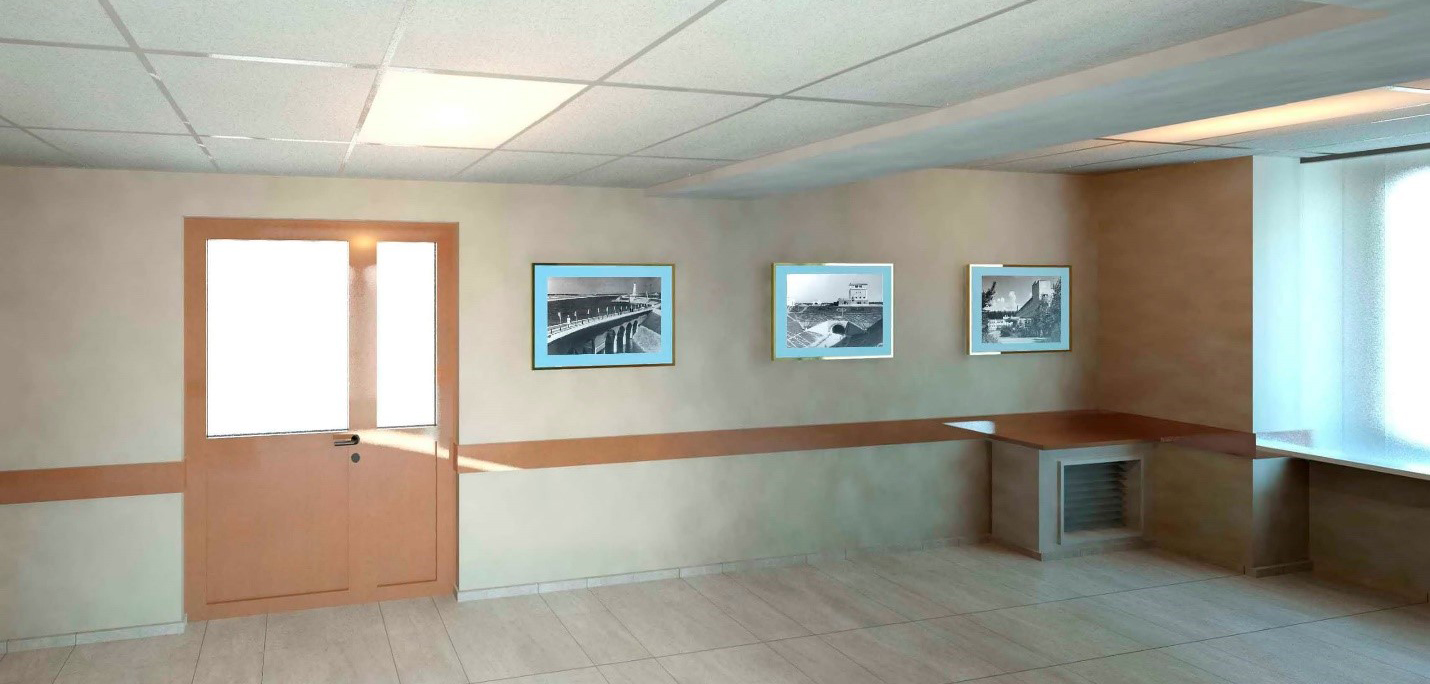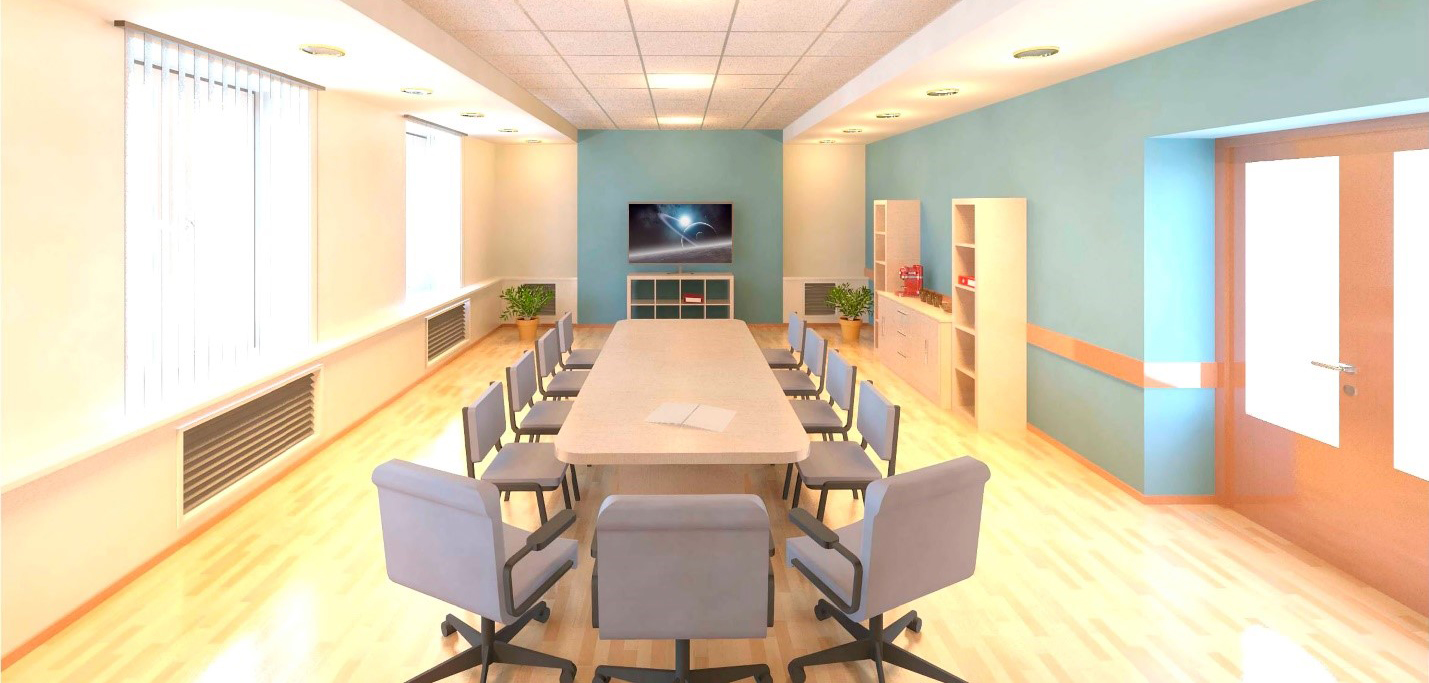NICA – IBMP RAS cooperation: creation of target venue for joint works
News, 29 November 2022
Research in the field of life sciences will be carried out, radiation-resistant and protective materials will be tested, and elements of equipment for spacecraft will be developed at heavy charged particle beams of the NICA Complex. It will contribute to the creation of the Russian orbital station in future. Target laboratory site for conducting joint works at the NICA Accelerator complex is being created based on the Joint Institute for Nuclear Research. It is being constructed by the leading organization in Russia in space biology and medicine, responsible for the realisation of the biomedical research programme and experiments on board of the Russian segment of ISS, The Institute of Biomedical Problems of RAS (IBMP RAS).
One of the important activities of IBMP RAS is ensuring the radiation safety of manned space flights, as well as elaboration of measures to reduce negative influence of space radiation during deep space flights in the near future. These tasks will be possible to solve at the NICA accelerator complex, where works will be carried out in the field of applied research at extracted heavy ion beams. Irradiation stations created at the channels of beam extraction from the Nuclotron will form the applied infrastructure of ARIADNA (Applied Research Infrastructure for Advance Development at NICA fAcility).
Deputy Head of the Laboratory of High Energy Physics JINR Department of Methodological Research and Innovation Oleg Belov told about existing ways of interaction between end users of applied infrastructure and about creation of the first target laboratory at the NICA Complex.
 Deputy Head of the Laboratory of High Energy Physics JINR Department of Methodological Research and Innovation, PhD in biology Oleg Belov
Deputy Head of the Laboratory of High Energy Physics JINR Department of Methodological Research and Innovation, PhD in biology Oleg Belov
“The ARIADNA collaboration includes organizations that conduct a wide range of research in the field of life sciences, radiation materials science, and microelectronics testing. Each organization develops its own format of interaction. Some users will come and irradiate their samples here, others will transfer samples for irradiation, and a number of organizations express their intention to create their own locations at our Institute to perform work on a permanent basis,” Oleg Belov said. He added that the first such permanent resident of the ARIADNA infrastructure would be IBMP RAS, which had been successfully cooperating with JINR for a long time. This joint site, which is, in fact, a target laboratory, will have close scientific and technical cooperation with the NICA Megascience project.
Idea
Target laboratories in the area of applied research are popular and efficient models of interaction between huge accelerator centres with other scientific organizations. Thus, the target laboratory of the NASA space agency has been operating at Brookhaven National Laboratory (USA) for many years.
“It was the IBMP RAS that provided the first manned space missions to Earth orbit. Flights of the Soviet cosmonauts Yuri Gagarin, Gherman Titov, and others showed the necessity to conduct fundamental and applied research into life activities of cosmonauts. These tasks were assigned to the Institute at one time. Currently, the IBMP RAS also provides medical and biological support for the manned flight program on the ISS. The resumption of the Russian mission to the Moon, long-term space flights to Mars and asteroids are discussed. All these issues require quite extensive research using sources of heavy charged particles,” Oleg Belov commented. Currently, on the territory of Russia, CIS countries, and the near abroad, the only such facility is the NICA Complex, since it will allow working with a very wide range of heavy ions in various energy ranges.
All this will give the future target laboratory of the IBMP RAS at JINR the opportunity to cover a wide range of scientific areas. First, these are issues of space medicine and ensuring the safety of space flights, both orbital and long-term beyond the magnetosphere of the Earth. Moreover, works in the field of radiation biophysics and related research on radiation materials science and protective properties of materials. It is planned to solve applied tasks in the field of radiation physics and dosimetry aimed at developing new means of spacecraft crews protection from the effects of ionizing radiation. “A distinctive feature of the planned works is that the assigned tasks have a clear practical solution. Everything that will be done based on the target laboratory will be aimed at accelerated implementation into practice,” Oleg Belov noted.
The idea of establishing a target laboratory originated during the International Round Table on Applied Research at NICA in September 2021. Alongside this, a meeting was held between JINR Director Grigory Trubnikov and Director of IBMP RAS Oleg Orlov. It was proposed to intensify cooperation between the IBMP and JINR in terms of research on the radiation safety of long-term space flights, using the potential of the NICA Complex.
Past and future
The bases for the creation of the laboratory were established long time ago. There is a building №73 on the technical site of DLNP JINR, which stands on the balance of IBMP RAS. An extensive cycle of works was carried out in this building to study the biological effects of ionizing radiation, including effects on the central nervous system. In particular, in 2015-2016, staff members of IBMP RAS actively conducted experiments at the Nuclotron to irradiate small laboratory animals, and later primates.

 The project of modernisation of the IBMP RAS building in JINR: the exterior of the building
The project of modernisation of the IBMP RAS building in JINR: the exterior of the building
Major repairs are planned to be made in 2023. A joint project for the modernisation of the building has already been developed with IBMP RAS, which is currently undergoing approval with the supervisory authorities. After the modernisation is completed, it is planned to place innovative equipment for research in the field of space biology and medicine, as well as radiation materials science in the building. Part of the equipment set will consist of unique facilities, specially designed to solve problems in the field of modelling several factors of space flight in ground conditions.
“It is planned to place a large, by modern standards, complex of analytical equipment in the building, which will be created with the involvement of funds from external targeted programmes, state contracts and grants,” Oleg Belov said. “The expansion of the laboratory base implies the involvement of new, primarily young employees with an academic degree, to participate in joint work.” He added that IBMP RAS was not the only organization that intended to create a common platform for joint work at NICA, but it would be much easier to launch a target laboratory for this scientific centre, since it had already had its own building on the territory of JINR.
Oleg Belov noted that even before the start of the active phase of the creation of the NICA Project, the staff members of IBMP RAS had carried out work on radiation materials science and irradiation of biological objects on the beam extraction channel from the Nuclotron. In the coming years, the NICA Accelerator complex is expected to receive a wider set of heavy ions and a wider range of energies available for applied research.
“Ideally, we would like to see the production of so-called multi-ion beam of relatively high energies at NICA, when there is a change in the type and energy of ions in a relatively short period of time,” Oleg Belov explained. “This allows us to get closer to modelling the real radiation situation in deep space. Such operation mode of the NICA Complex is of great interest for a wide range of researchers. If we implement it, then IBMP RAS will certainly be one of its main users.” He added that attempts to form multi-ion mode with heavy ions of high-energy fraction were also being made in other scientific centres. In the last 2 – 3 years such acceleration mode was realised only in Brookhaven National Laboratory (USA). Perhaps in future such method will be realised in the framework of the FAIR Project (Germany).
“Therefore, now we have a chance not to miss the initiative and to realise such a unique opportunity in Dubna, making the NICA Project advanced in the applied research too, especially for scientists and specialists working in space industry,” Oleg Belov concluded.


